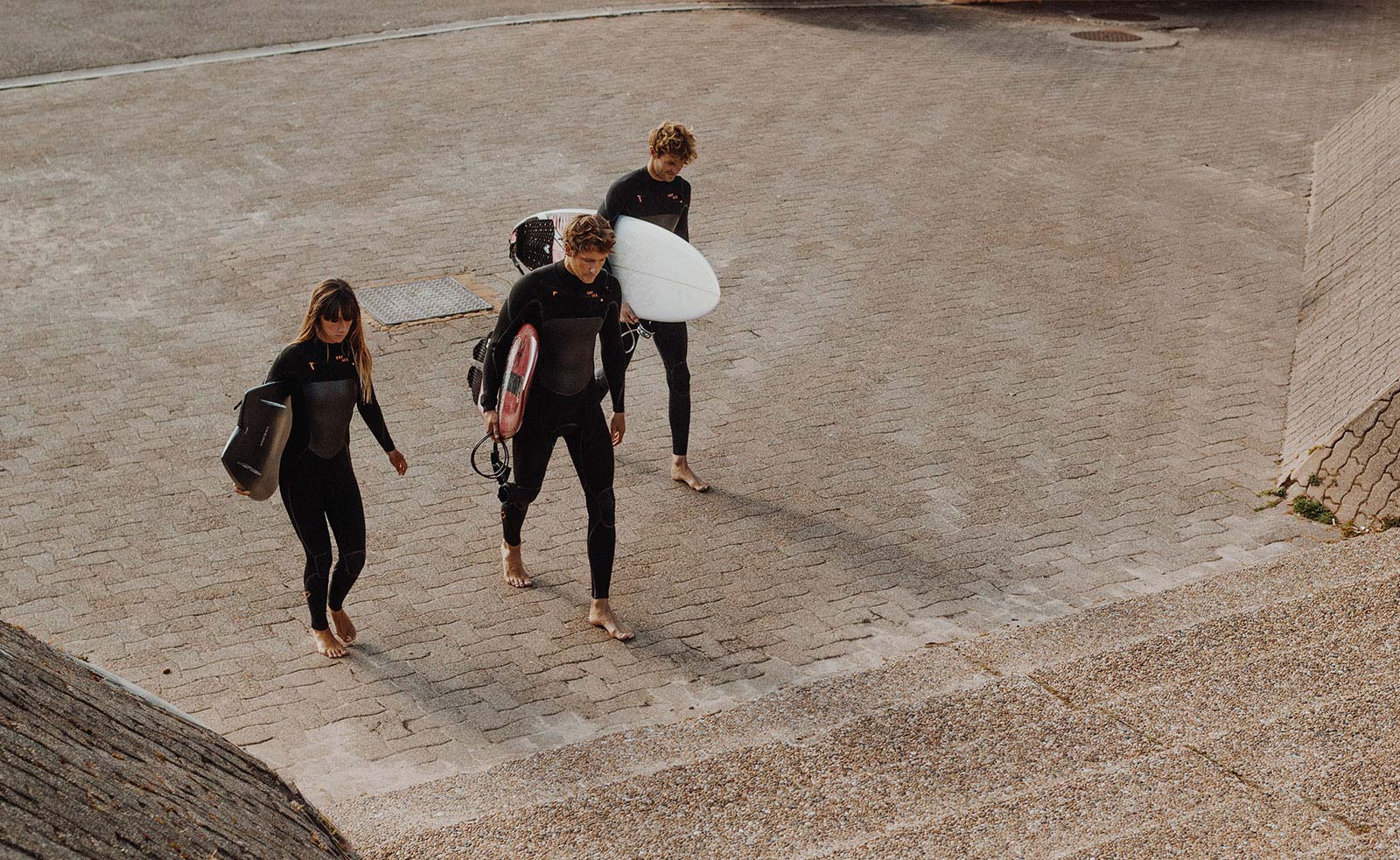Yankee in Oz
Registered
Any thoughts or experience diving with limestone-based neoprene wetsuits. Very popular with surfers, but haven't seen a lot of use for scuba. I've read that limestone neoprene has a high micro-cell structure with independent closed cells (bubbles basically) within the neoprene that are packed together at an extremely high density. Oil-based neoprene has a cell penetration of 60-70%, whereas limestone neoprene has a 94% cell penetration. I'm concerned with buoyancy due to a lot more air bubbles inside the rubber (over 30% to be exact) causing it to be way less dense than oil-based neoprene. Henderson advertises suits made with Thermoprene - is this the same thing?





